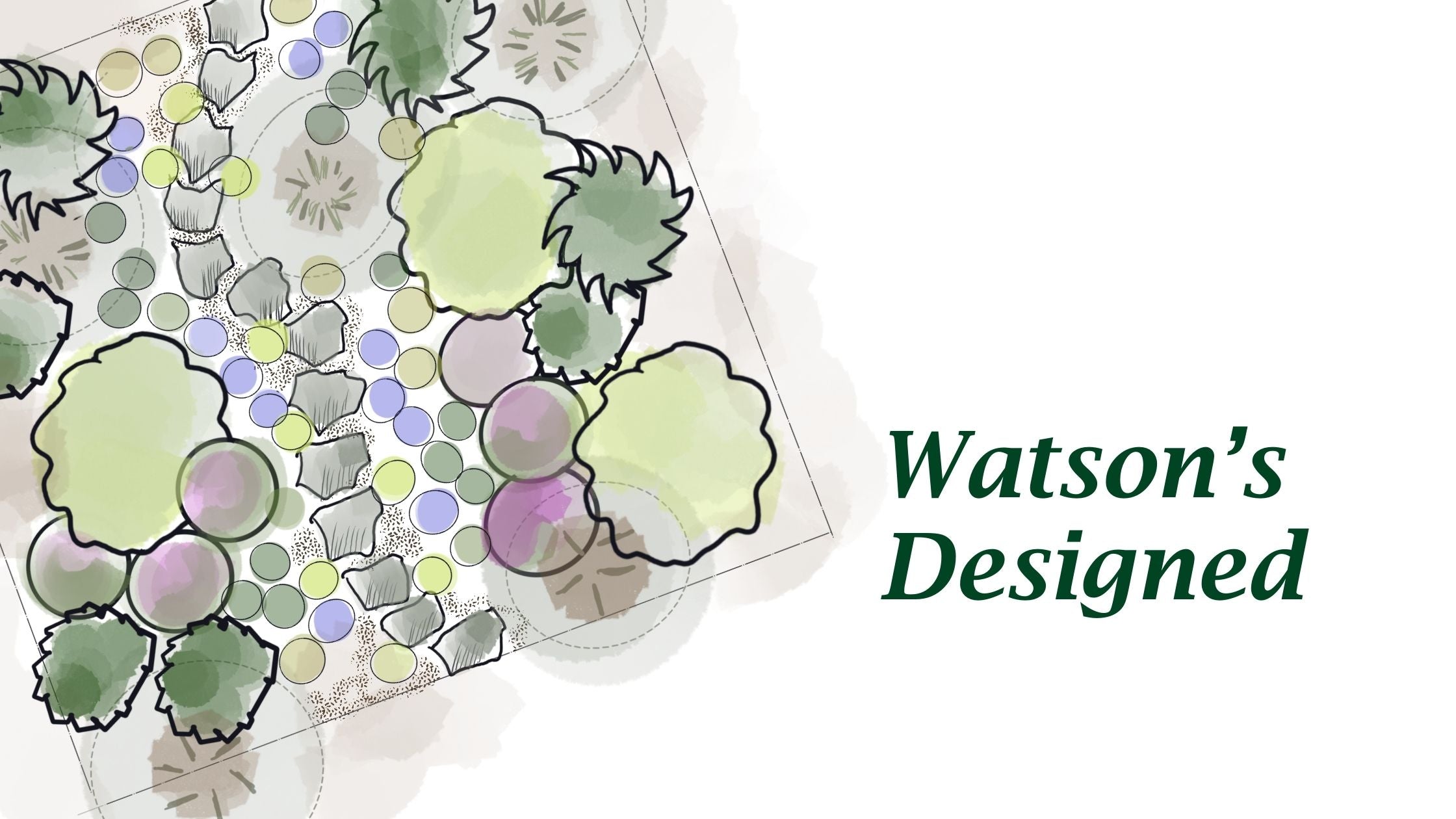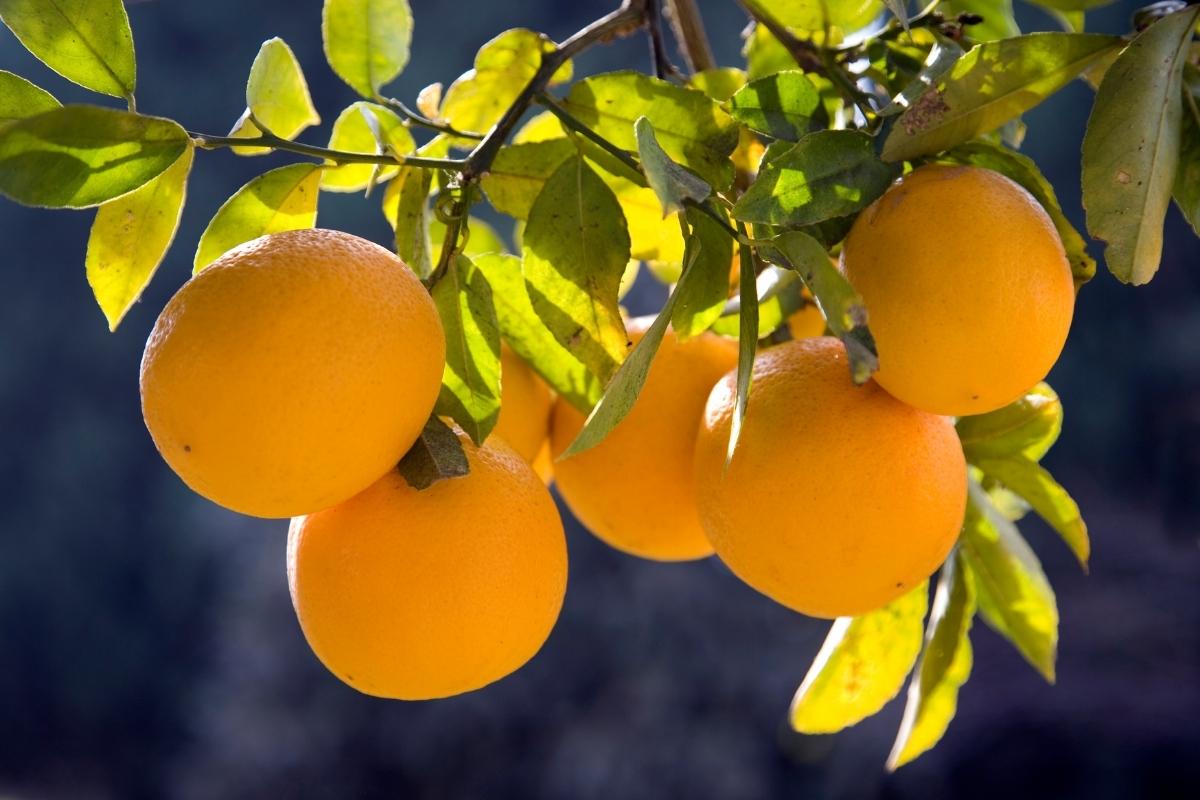DIY Designed Indoor Garden Container for Bright Light
There are lots of options for designing a planter for higher light conditions. We designed this one to feature a snake plant and a variety of succulents.

Step 1: Prep the container for plants
Build a reservoir in the bottom of the container, unless you have a pot that has sufficient drainage (even then a reservoir will help with the health of the plants)
• Since the pot we are using has no drainage we create a reservoir so we don’t have any water pooling and touching the roots.
• Most high light indoor plants do not like their roots to be touching water.
• Stagnant water on the bottom of the container will cause root rot.
Start by adding 1 inch layer of perlite to the bottom of the container. (Don’t breath in the dust! It’s not toxic but can irritate the respiratory systems and eyes.)
Add a small handful of charcoal
• Adding a layer of activated charcoal to the bottom of your plant pot, underneath the soil, can help your plant's health in a number of ways. The substance rids the soil of impurities (which is why it's sometimes a great health and beauty ingredient), repels insects, and prevents mold and odors.

Step 2: Add Soil
Now that we have a reservoir we can add the soil. We recommend using Espoma Cactus Mix for this type of indoor plant container. We fill the container within 1 inch to the top.
• We recommend adding more soil than you think you need because it’s easier to scoop some soil out while planting than adding more.
• It sounds counterintuitive but you will have a cleaner finish when starting out with more soil.

Step 3: Start Planting
First you will take the tallest plant and take it out of it’s pot to inspect its roots. If the plant is very root bound then you will want to give it a good tease before placing it into its spot.
• If it is not very root bound then you will still want to give it a little tease to let your new plant friend know it has a new home where its roots can grow.

Step 4: Next you will choose your taller medium size plants
We almost always choose 2 medium size plants for our containers. Both of similar size, but different color and texture.
• We used a variety of 2” succulent for the medium plants.
• You can use a brush tool to help push down the soil around the plant, and also use it to brush the dirt off the foliage.

Step 5: Choose your medium-sized plants
• We used larger 2” variety of echeveria
• Sometimes you will find your 2” succulent is very dry and rock hard, so you will want to rough it up a little bit. This will open up some space in the soil itself so it can join the party and absorb water like everyone else.

Step : Finishing touches
To put a finishing touch on your beautiful creation and give it that little extra bit of something we recommend to top dress with sand or pebbles.
• There are all kinds of colors and sizes of decorative rocks, pebbles, and sand. (We used some sand we had laying around in our creative studio). You can be as creative as you want with this step, just make sure it doesn’t bog the soil down too much so it can properly breath and the water can drain thoroughly.
• To protect your furniture place your container on a cork saucer or a pot saucer (plastic or ceramic) that will catch any unwanted water leakage.
Care
• Light Requirement: Direct sunlight is fine, bright indirect sunlight is great, so judge your space and find a warm spot that gets a lot of sun (usually a south west or south east facing window). They also prefer lower humidity, so no worries if it is placed near a heat vent.
• Even though houseplants are inside they still know what time of the year it is, so you will want to use an organic fertilizer during the spring and summer months when more new growth emerges.
• The soil should go completely dry between waterings (watering once a month is pretty typical). A good rule of thumb is to put a finger below the top dress and the soil should be bone dry before watering. The warmer seasons may require more water.



